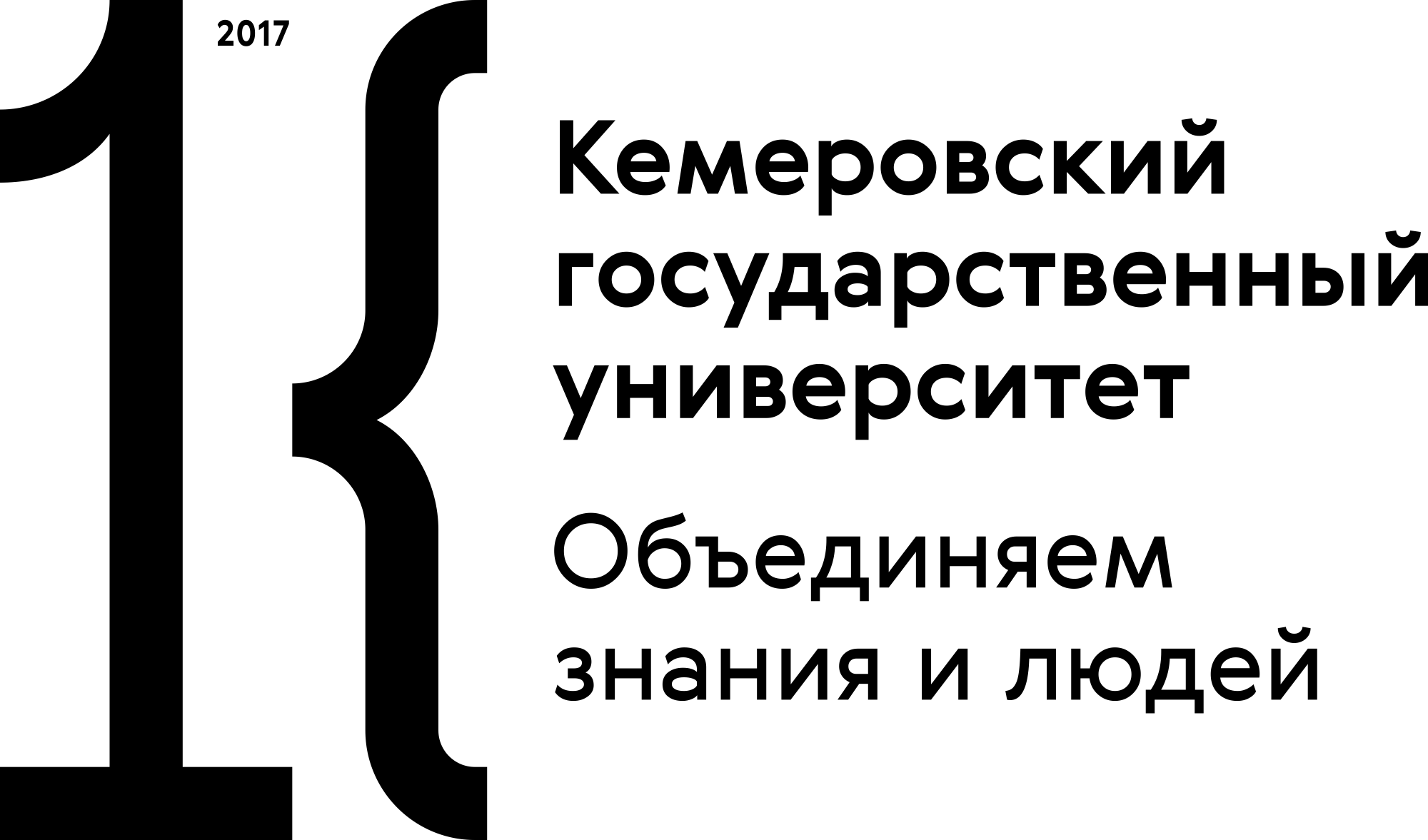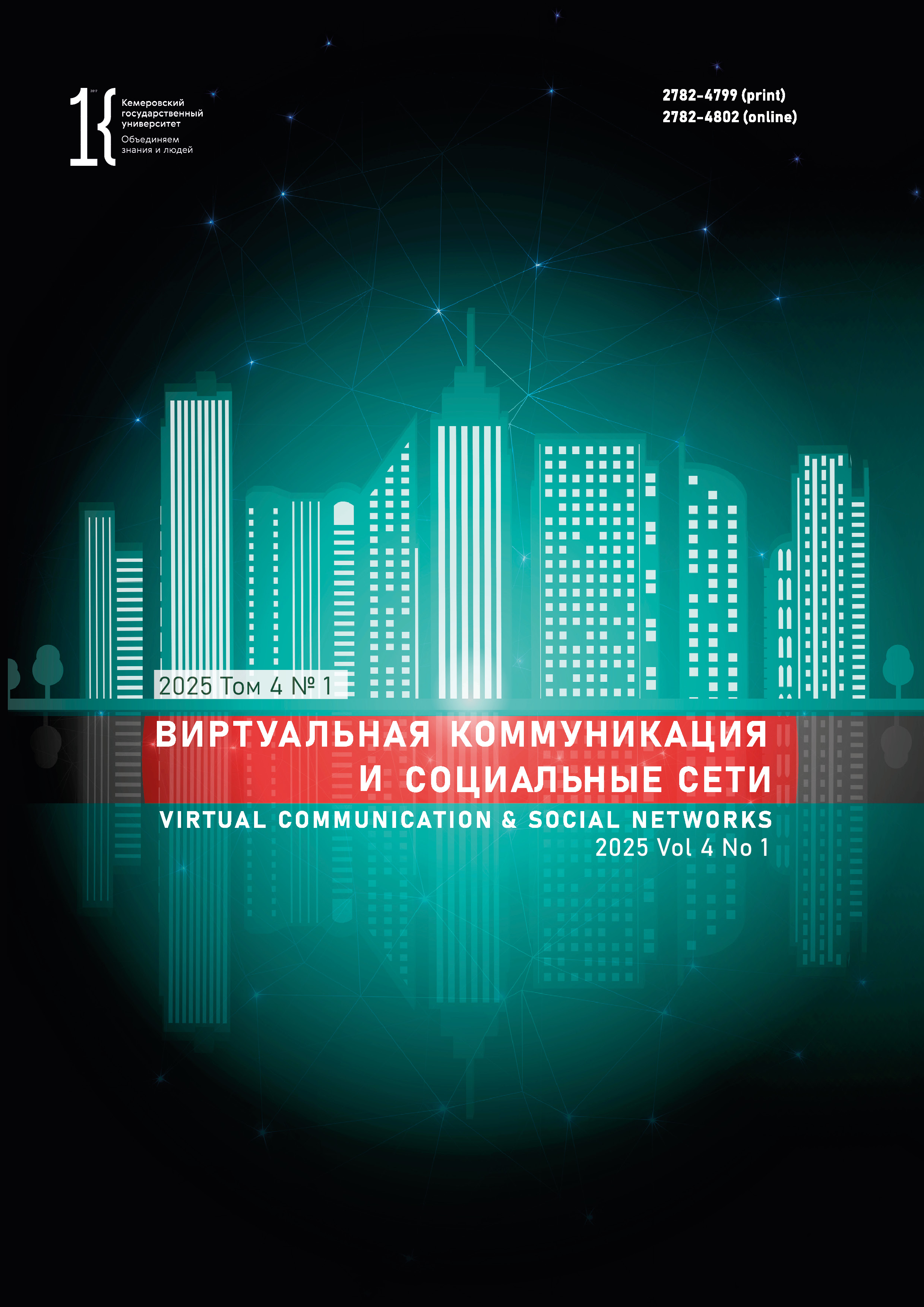Kemerovo, Russian Federation
VAK Russia 5.9.8
Reverse machine translation is an effective method of text evaluation in terms of complexity, comprehensibility, and translatability. It highlights potential translation difficulties at the pre-translation stage. Translatability and comprehensibility are juxtaposed linguacognitive concepts that can correct each other in the textual and lexical dimensions. Using E. S. Klyshinsky’s linguacognitive experiment on the comprehensibility of Slavic tests by native Russian speakers, the authors checked this hypothesis using the survey method to appeal to the linguistic and metalinguistic consciousness of native speakers. They developed a new algorithm for comparing texts by reverse machine translation based on points of simplicity, complexity, clarity, and accessibility. As a digital text processing method, machine translation proved able to evaluate textual complexity, comprehensibility, and translatability. The results obtained with the new algorithm were verified with a survey, which made it possible to compare two models of understanding, i.e., that of human linguistic consciousness and that of the artificial intelligence. Alexander Pushkin’s To the Slanderers of Russia, a poetic text of high complexity, became less understandable after reverse machine translation. Comprehensibility and translatability appeared to be directly proportional. The survey yielded the same results as the reverse machine translation: the respondents and the artificial intelligence failed to understand the same words and phrases. The method of reverse machine translation proved effective in detecting textual comprehension challenges for native speakers.
text complexity, translation linguistics, translatability, reverse machine translation, complexity, comprehensibility
1. Babkina M. D. Easy language as a means of making information accessible. Recommendations for use. Preliminary national standard. Moscow: Nash solnechnyi mir, 2021, 144. (In Russ.)]
2. Boldyrev N. N. Cognitive approach in linguistics and related areas of research. Issues of Cognitive Linguistics, 2020, (2): 5–25. (In Russ.)] https://doi.org/10.20916/1812-3228-2020-2-5-25
3. Golev N. D. Source potential of the back machine translation. Herald of Kyrgyz-Russian Slavic University, 2018, 18(1): 36–45. (In Russ.)] https://elibrary.ru/yspbud
4. Golev N. D. Translative linguistics: An aspectualized review of initial provisions. Part 1. Gnoseology of translation. Vestnik Kemerovskogo gosudarstvennogo universiteta, 2022, 24(6): 717–734. (In Russ.)] https://doi.org/10.21603/2078-8975-2022-24-6-717-734
5. Irkova A. V. Studying the degree of juridization of law text vocabulary by digital methods. Philology, foreign languages, and media communications: Proc. XVII (XLIX) Intern. Sci. Conf. students, postgraduates and young scientists, Kemerovo, 1–30 Apr 2022. Kemerovo: KemSU, 2022, 545–549. (In Russ.)] https://elibrary.ru/lcacya
6. Katysheva L. V. Plain and easy language as a new trend of communication between the state and society. Communicology, 2022, 10(2): 85–94. (In Russ.)] https://doi.org/10.21453/2311-3065-2022-10-2-85-94
7. Klyshinsky E. S. Quantitative estimation of intelligibility of foreign Slavic languages: Case of Russian native speakers. Vestnik Novosibirskogo gosudarstvennogo universiteta. Seriya: Informacionnye tekhnologii, 2021, 19(1): 61–79. (In Russ.)] https://doi.org/10.25205/1818-7900-2021-19-1-61-79
8. Kolmogorova A. V., Zalevskaya E. D. Computer-assisted modeling as an instrument for fiction text analysis. Philological Class, 2023, 28(2): 22–33. (In Russ.)] https://elibrary.ru/lthcot
9. Kushnina L. V., Litvinova S. V., Perlova I. V., Permyakova K. V. Interpretative function of translation understanding as reflection of translator’s individual worldview. Linguistic & rhetorical paradigm: Theoretical and applied aspects, 2019, (24): 48–56. (In Russ.)] https://elibrary.ru/vqswwj
10. Maslennikova E. M. Traditional approaches to translation: New about the old. Vestnik TvGU. Series: Philology, 2007, (9): 46–53. (In Russ.)] https://elibrary.ru/jvdfid
11. Melnikova V. S. Measuring the degree of text understandability using reverse machine translation (based on the central poem of the collection "Landscape with flood" (1993) I. A. Brodsky). Innovation Convention Kuzbass: Education, Science, and Innovation: Proc. XII Innovation Convention, Kemerovo, 8 Feb 2024. Kemerovo: KemSU, 2024, 513–517. (In Russ.)] https://elibrary.ru/fxiykd
12. Melnikova V. S. Measuring the degree of difficulty of the text of the law with the help of computer programs: To the statement of the problem. Philology, foreign languages, and media communications: Proc. XVI (XLVIII) Intern. Sci. Conf. students, postgraduates and young scientists, Kemerovo, 1–30 Apr 2021. Kemerovo: KemSU, 2021, 31–33. (In Russ.)] https://elibrary.ru/nxrxii
13. Mikoni S. V. Assessment of the comprehensibility of scientific Russian-language works. Kompyuternaya lingvistika i vychislitelnye ontologii, 2021, (5): 61–69. (In Russ.)] https://doi.org/10.17586/0000-0000-2020-4-00-00
14. Razdobudko-Čović L. I. Translation as interpretation and improvisation: A case study of authorized translations of Vladimir Nabokov's memoirs into Serbian. Moscow University Translation Studies Bulletin, 2012, (2): 72–80. (In Russ.)] https://elibrary.ru/pemzhb
15. Sitchinava N. G., Danelia B. Lexical features of "The tale of the fisherman and the fish" by A. S. Pushkin and its Georgian translations. Journal of Science. Lyon, 2022, (33): 17–22. (In Russ.)] https://doi.org/10.5281/zenodo.6967190
16. Solnyshkina M. I. Text complexity: Status quo or forward movement? Technological independence and competitiveness of the Union State, the CIS countries, the EAC and the SCO: Proc. VI Intern. Sci.-Techn. Conf., Minsk, 6–8 Dec 2023. Minsk: BSTU, 2023, 421–430. (In Russ.)] https://elibrary.ru/vjubal
17. Fateeva N. A. Interpreting context to convey imagery in translation of poetry (illustrated by translating E. Bagritsky’s poem "Autumn" (1915) into English). Foreign languages in tertiary education, 2019, (4): 65–73. (In Russ.)] https://elibrary.ru/jfzkqk
18. Shmelev A. D., Zaliznyak A. A. Reverse translation as a tool for analysis of discursive words. Computational linguistics and intelligent technologies: Proc. Intern. Conf. "Dialog", Moscow, 31 May – 3 Jun 2017. Moscow: RSUH, 2017, 394–406. (In Russ.)] https://elibrary.ru/xnfzzf
19. Shcherba L. V. The threefold aspect of linguistic phenomena and experimental linguistics. In: Shcherba L. V. The language system and speech activity. Moscow: Nauka, 1974, 24–39. (In Russ.)]
20. Benjamin W. Die Aufgabe des Übersetzers. In: Benjamin W. Gesammelte Schriften. Suhrkamp, 1972, IV.1, 9–21.
21. Kolmogorova A. V., Margolina A. V. Written vs generated text: "Naturalness" as a textual and psycholinguistic category. Research result. Theoretical and Applied Linguistics, 2024, 10(2): 71–99. https://doi.org/10.18413/2313-8912-2024-10-2-0-4















